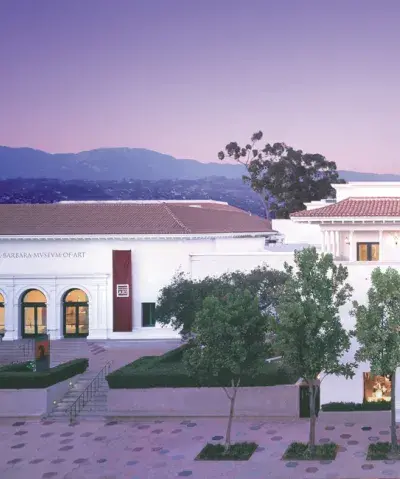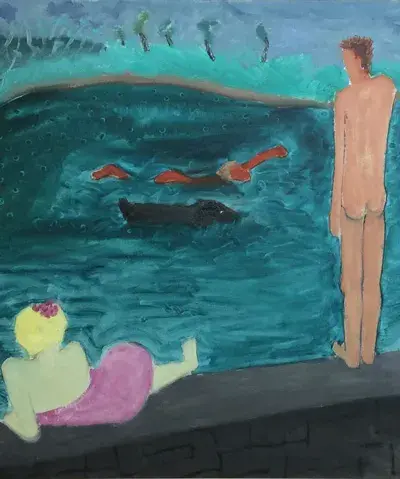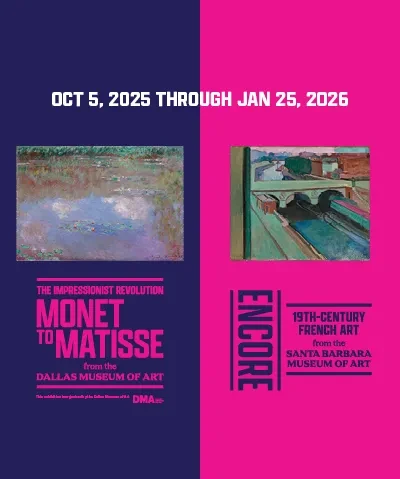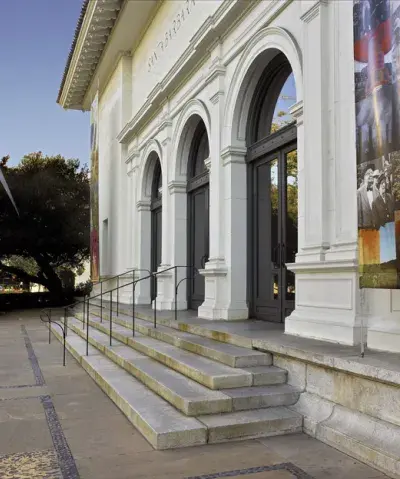From Copper Plate to Collotype: A Guide to the Technical History of Making Multiples
Drawing from the rich holdings of prints and 19th-early 20th century photographs in SBMA’s permanent collection, Copper Plate to Collotype makes visible the vibrant exchange between the two media.
Highlights include etchings from James Tissot’s 1876 The Thames series, early color photography by Santa Barbara artist William Leon Dawson, portrait photography by Gertrude Käsebier—one of the first women photographers featured in Camera Work magazine—and an animal locomotion study by the English photographic pioneer Eadweard Muybridge. A range of reproductive techniques have been selected to demonstrate the tools and techniques utilized by artists working in the graphic arts at the turn of the last century, from the copper plate to the gelatin silver, albumen, and collotype print.
- Galleries:Colefax,Davidson,





















![memberseve[1]](https://www.sbma.net/sites/default/files/styles/menu_thumbnail_400_480/public/menu/memberseve%5B1%5D.jpg.webp?itok=hIz01lpc)





